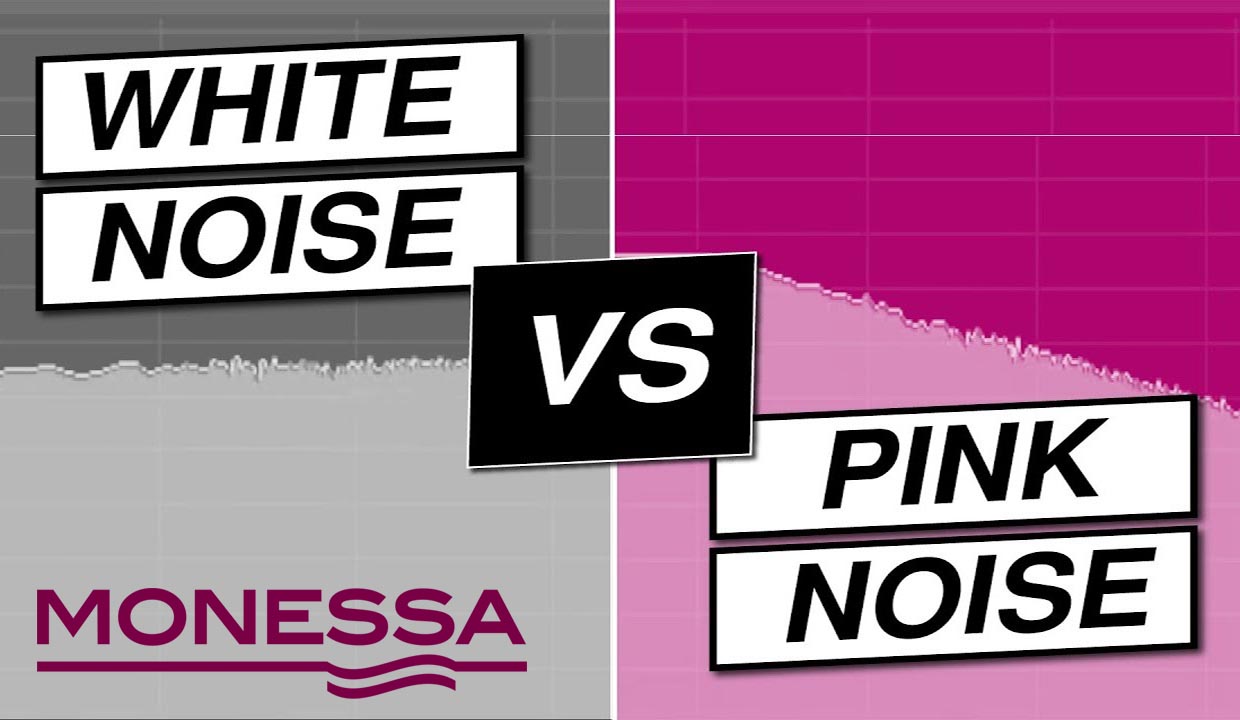white noise and pink noise
When measuring sound waves, "frequency" refers to the speed at which the waves vibrate per second, while "amplitude" (or power) refers to the size of the waves. Frequency in terms of hertz and amplitude is usually measured in decibels. The relationship between the frequency and amplitude of a sound wave is used to define different "colors" of sound, which share structural features with the corresponding light waves of the same name.
To produce white noise, any frequency that the human ear can hear is randomly transmitted over the same amplitude. This results in a "shh" sound associated with the TV or radio. White noise, like white light, is made up of any visible wavelength in the color spectrum, consisting of any audible frequency. In fact, "black noise" refers to the sound of silence.
Disturbing noises such as a snap do not necessarily wake you up because it is loud. Instead, changing the volume from soft to loud can be so powerful that it disturbs your sleep. Proper white noise essentially creates sound insulation that covers these sudden changes. Because white noise is audible, it is also useful for people who do not like to sleep in a completely quiet environment.
White noise has been particularly effective for patients in the hospital. Studies show that the white noise machine can reduce the onset of sleep for patients or the time required for sleep by up to 40% compared to patients who do not use these devices. Some studies have also shown that white noise can help infants and young children fall asleep faster. White noise has also been shown to help children focus better in the classroom.
Pink noise or white noise
Some people equate white noise with some ambient sounds, such as the sound of a fan or air conditioner, but they are not essentially the same. They may have a similar effect on the ear, but by definition, white noise should include all auditory frequencies that are randomly transmitted over a range.
Some sounds are confused with white noise, which are different colors of noise. A common example is a pink noise. While white noise is defined by the same amplitude at all frequencies, the amplitude of pink noise is reduced by half each time the frequency is doubled. The result is a combination of more intense, low-frequency tones and softer, higher-frequency tones.
The human ear is sensitive to high frequencies, so many people find the pink sound more pleasing than white. Pink tones may have other benefits for sleep. Some studies show that pink sound can reduce the activity of your brain wave. Your brain is less active in the early stages of the sleep cycle. With the help of this process, pink sound can reduce the time of sleep onset, increase the duration of sleep and improve the overall quality of sleep.
Those who prefer a pink tone may find the red tone appealing. The intensity of red noise also decreases significantly with increasing frequency. Which produces a quiet roar-like sound. On the other hand, the intensity of the blue sound increases with increasing frequency, and as a result, it emphasizes more on long tones than quiet tones. The blue sound can be compared to the gentle sound of a water spray.
The best color for sleep depends on personal taste. If high-frequency sounds are too annoying for you, the heavy bass of pink or red may be softer for your ears. If you prefer to listen to higher frequency sounds, white or blue noise may be your best choice. We recommend experimenting with different colors using an audio device that can repeat these sounds to achieve the color you want.
 Monessa
Monessa 